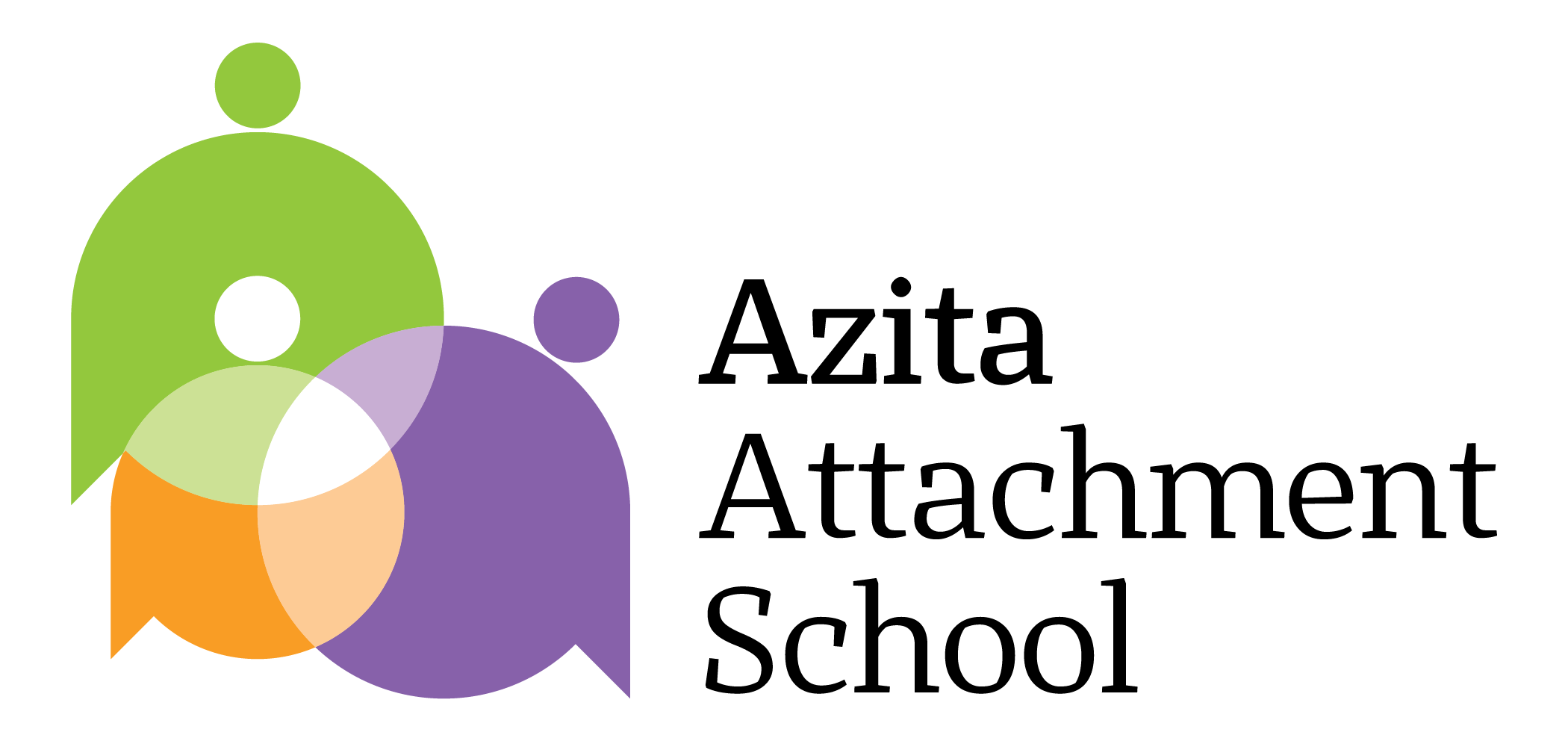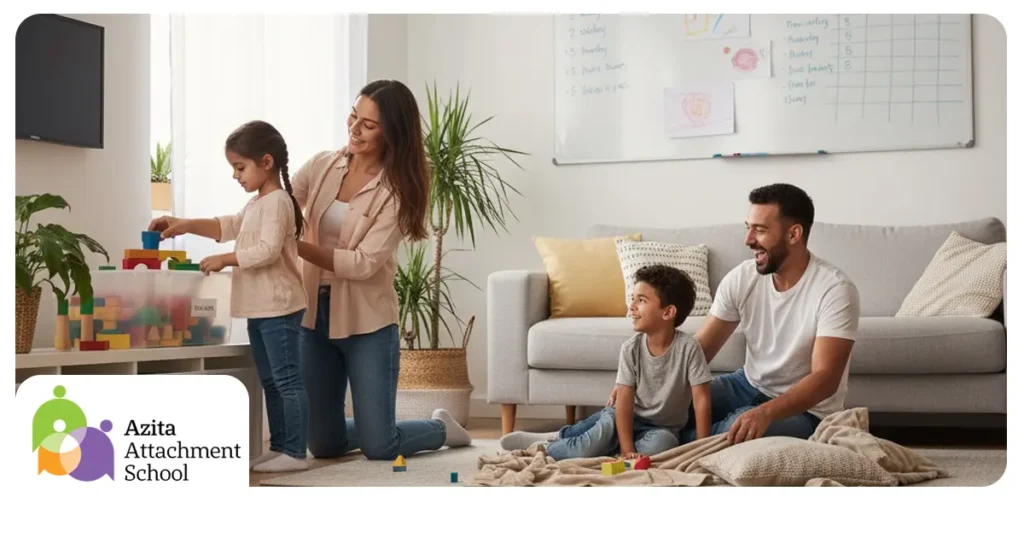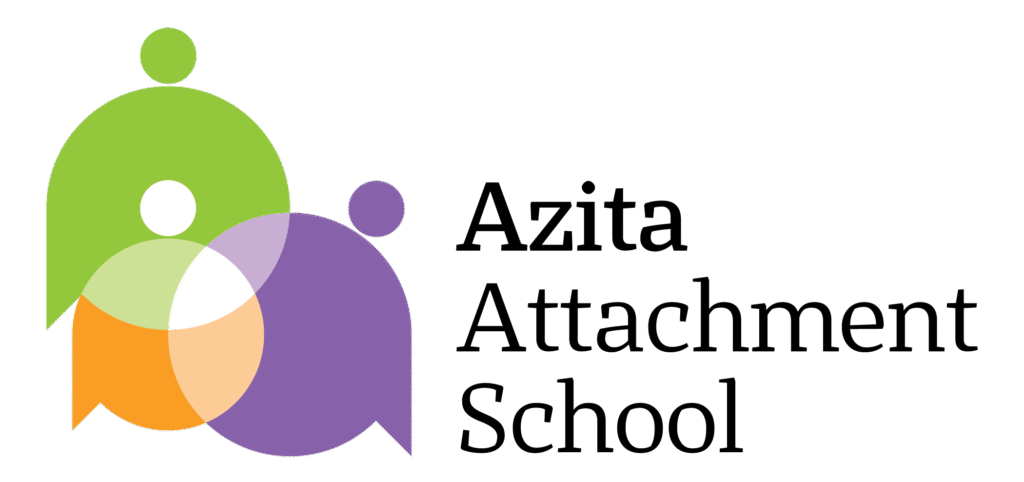Meta Description: Type C parenting blends discipline and empathy — structure with warmth. Explore evidence-based insights, real-life examples, and practical tools for balanced modern parenting.
Introduction
Parenting today is full of paradoxes:
Be firm, but gentle.
Set boundaries but be flexible.
Stay calm but be consistent.
Enter Type C Parenting — a balanced approach that combines the strengths of structure and emotional connection.
What Is Type C Parenting?
Coined in a 2024 New York Post feature, Type C Parenting stands between strict (Type A) and permissive (Type B).
It’s grounded in attachment theory and emotional regulation, aiming to raise children who are confident, cooperative, and emotionally secure.
Research Evidence
- Frontiers in Psychology (2024): Flexible structure predicts better self-regulation in children.
- APA (2023): Combining empathy with authority reduces behavioral problems.
- University of Toronto (2025): Balanced parenting fosters self-esteem and autonomy.
- Harvard Center on the Developing Child (2024): Emotional regulation grows within structured, caring relationships.
Comparison with Other Styles
Parenting Style | Focus | Emotional Climate | Result |
Authoritarian (A) | Control | Fear-based | Compliance, anxiety |
Permissive (B) | Freedom | Over-lenient | Impulsivity |
Type C | Balance | Warm but firm | Confidence, empathy |
Attachment Perspective
Children thrive when boundaries are paired with empathy.
Without structure, they feel unsafe; without warmth, they feel unseen.
“Love says you belong. Boundaries say you’re safe.”
Case Study
Bahareh, mother of an 8-year-old boy:
She struggled with bedtime conflicts first enforcing harsh rules, then letting go completely.
Through coaching, she learned the Type C balance: clear bedtime routine, but choice over pajamas and story.
Result: cooperation and peace.
Core Principles
- Clear structure — Consistent, understandable rules.
- Emotional flexibility — Adjust to context and feelings.
- Empathic language — “I know it’s hard, but your body needs rest.”
- Dialogue over discipline — Guide, don’t punish.
- Model regulation — Stay calm to teach calm.
Benefits for Children
Stronger emotional intelligence
Better decision-making
Reduced family conflict
Stable self-esteem
Greater empathy and cooperation
Coaching Framework
Parent coaches emphasize:
- Self-awareness before correction.
- Communication without judgment.
- Consistency blended with compassion.
The goal: parents regulate themselves before regulating behavior.
Practical Exercises
- Discuss family rules together.
- Name emotions before addressing behavior.
- Explain the purpose behind limits.
- Use “two-part” sentences “I understand you’re upset, but this isn’t safe.”
- After conflicts, reconnect physically and emotionally.
Neuroscience Insight
Structured yet empathetic parenting strengthens prefrontal pathways linked to emotional control.
Children learn that emotions are manageable not dangerous.
Conclusion
Type C Parenting is the middle path firm but kind, structured, but soft.
It reminds us that the healthiest families are built not on control or chaos, but in connection with clarity.
“Boundaries without love create fear;
love without boundaries creates confusion.
Together, they create trust.”
References
- Frontiers in Psychology (2024) – Flexible Structure Parenting and Child Regulation
- APA (2023) – Empathy and Discipline in Modern Parenting
- University of Toronto (2025) – Parenting Balance and Child Development
- Harvard Center on the Developing Child (2024) – Emotional Regulation and Structure
- Circle of Security International (2022) – Balancing Love and Limits


